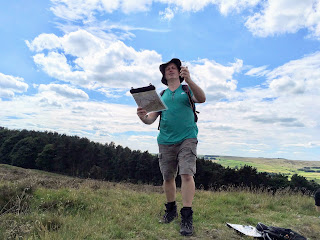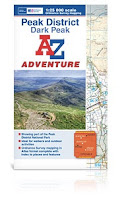Why do I Need a Map Reading and Navigation Course when I have my mobile phone?

In the last few days, I have watched 2 couples out for walks in the Peak District struggling to follow a route using a mobile phone. The first was on a fairly isolated bit of moorland; the weather was not the best, and we had just finished talking with our 4 clients about safety and using a compass on the moor where people have got lost in bad weather. The couple concerned spent a good 10 minutes looking at their phone, trying to work out where they were and then wanted to get to. As we returned to our cars, we met them again on the road - they had presumably walked to the far side of the moor, then joined the road for a mile or so. They could have had a lovely off-path walk round the moor, much nicer than the road, had they had the skills to work this out for the map. Today I met another couple in our village, looking for a footpath. They asked a neighbour where to go, but a few minutes later had hardly moved and still looking perplexed so I gave ...





